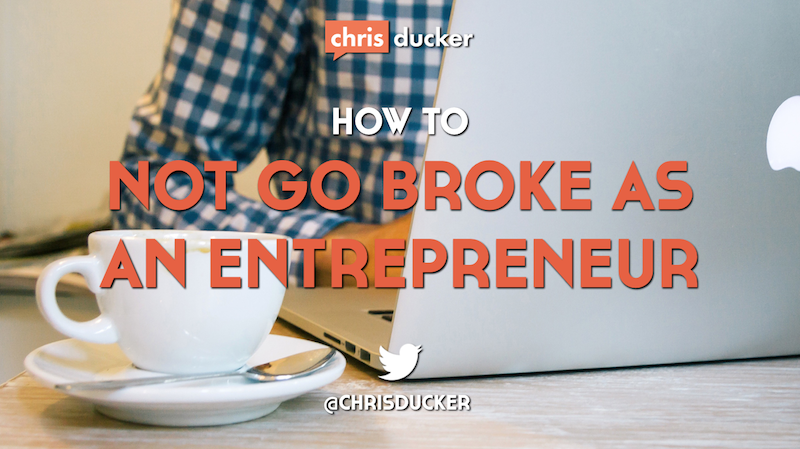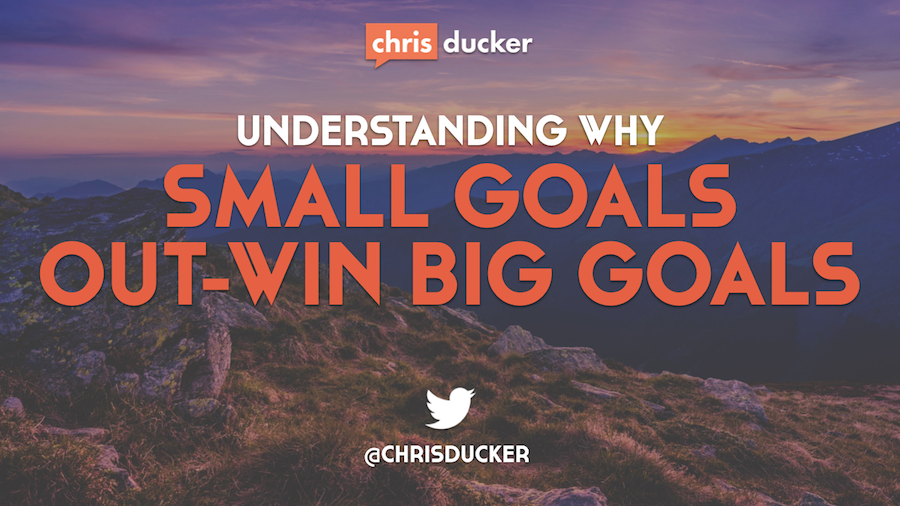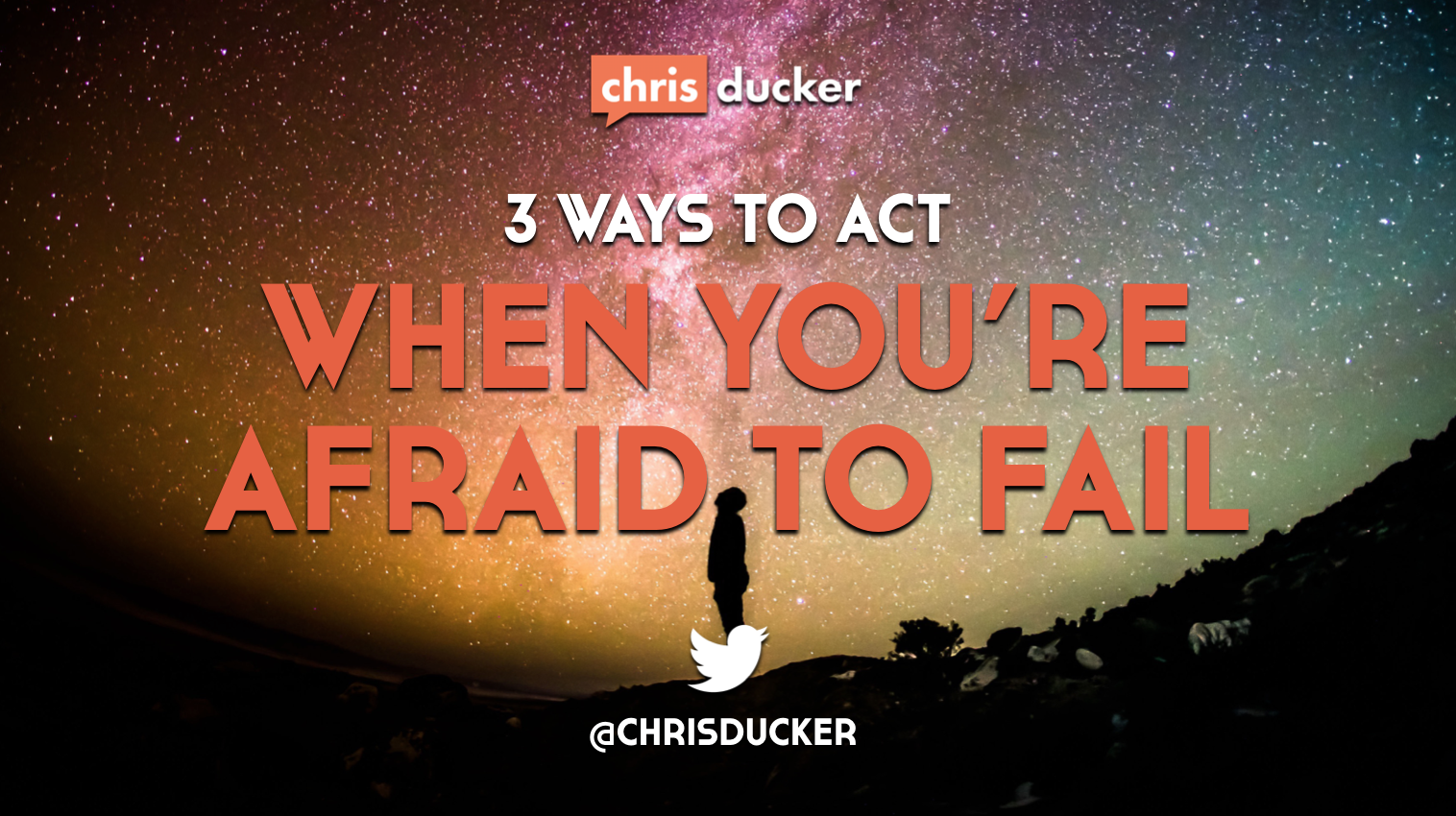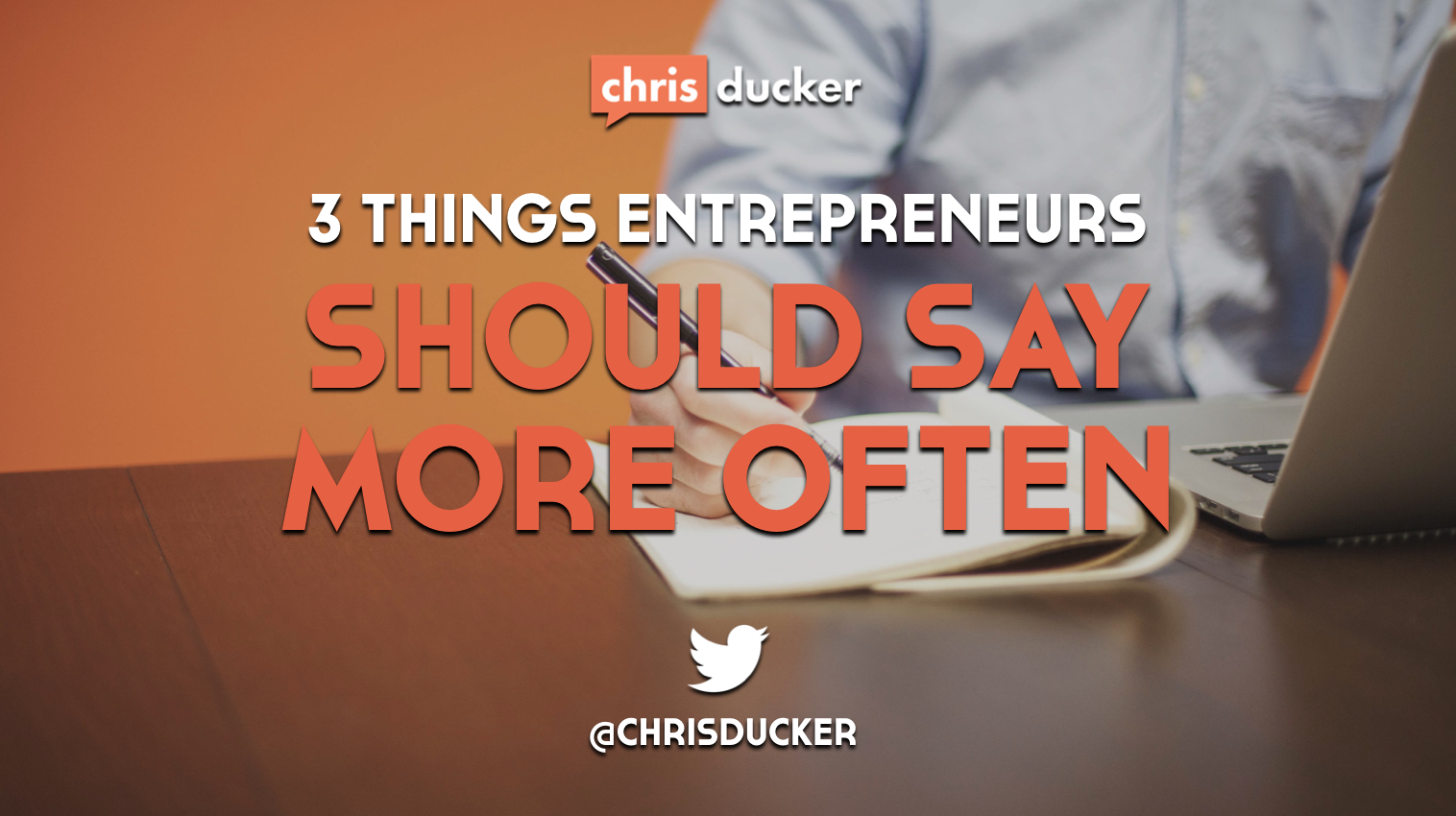So you’ve got a business already. Everything’s been going along fine, but you know it has an expiration date. Maybe it’s a bricks-and-mortar business and you want to spend more time at home. Maybe it’s online and specific to a certain product or service that you happen to be getting tired of. Maybe you’re considering shutting down and starting over.
If this is you, then relax. I’ve got your back. Today we’re going to talk about how a business with an expiration date is actually the perfect opportunity for one of my favorite words in the entrepreneurial world: PIVOT!
Now as I’ve said many many times before, a personal brand business is the last pivot you’ll ever need to make in business. If you’ve ever had to shift the focus of your business before, then you’re pretty much joining the choir right now because we all know how much work it is to shift your entire business.
But that’s what’s so great about THIS shift in particular. Becoming a personal brand entrepreneur is also one of the easiest shifts you’ll ever make because you already have all the tools you need. You’re about to leverage… plain and simple.
So here’s a 5-step process to shift the business you’ve already got into a personal brand business. Fun fact: these are the exact steps I followed when pivoting back in 2012, and the proof is in the pudding, guys. Personal branding works.
1. Start putting more of yourself into your existing content
This is a really easy shift to make. Keep producing the same content you’re already producing for your business, but instead of trying to remove yourself and sound “professional” (whatever that means!), I challenge you to add in a bit of your unique perspective to the next bit of content you create. Use your humor, your personality, and the things that make you YOU.
2. Share a completely new, unrelated piece of content
This is a tipping point for a LOT of entrepreneurs, trust me. They’ve got a whole library of content that’s specific to their business, but the second they share something totally out of left field, something more personal to them and what they’re all about, their audience goes WILD. A perfect example is when I talked about my burnout, which happened in 2009. I shared all the gory details and my community ate it up.
I challenge you to put yourself out there a little bit. One thing all personal brand entrepreneurs have in common is a willingness to share their own stories generously, and the more comfortable you get with this, the faster your brand will grow.
3. Go one full month sharing only personal brand content
This is where you’ll continue to rebalance your content until it’s 100% personal brand content and 0% old business content. When you do this, a few interesting things will happen. First, you’ll lose some subscribers, viewers, listeners, readers… whatever. That’s OK. You’re finding your new audience. Second, you’ll gain new readers! They’ll discover you and be drawn in by your personal brand, which is GREAT. Third, and most interesting to me personally, is that the vast majority of your existing audience will stick around, and they’ll be grateful for the opportunity to get to know you better. When you’re sharing personal brand content on a consistent basis, the relationship that develops between you and your audience is almost like a new friendship. It’s very, very cool.
4. Evaluate
For me, self-reflection is an important part of being an entrepreneur, and by this stage in the journey, you’ll have been sharing personal brand content with your audience for at least a couple months. So now’s the time to reflect for just a minute. Have you enjoyed the process of beginning to build your personal brand? How’s your audience reacted, grown, and changed as a result? Do you have more to say and more ways to help? If so, congratulations. You’ve officially made the pivot and you can join the ranks of personal brand entrepreneurs, like myself, all around the world!
5. Ask for feedback
Part of community growth is engagement. Now’s the time to check in with your audience about how you can serve them, even more, going forward. Maybe this is a formal survey sent to your list, or maybe it’s just a question asked at the end of a blog post or podcast episode. However you approach it, I want you to prioritize engaging with your community as you grow together. You can rest assured that they’ll be honest because after all, they’re sticking around for your honesty. It’s a two-way street, and you’ll learn a lot about what kind of content to create for them in the future.
So there you have it. An easy, seamless, 5-step process on how to pivot into a personal brand. It’s the process I followed personally, and it’s the process that countless business owners before you have followed. I know it works, and I can’t wait to see how you make it work for your goals in the coming months.
Did you enjoy this episode of #DuckerZone? Let me know on Twitter and via Facebook – and… be sure to submit your own question by posting it on social, using the hashtag… #DuckerZone



